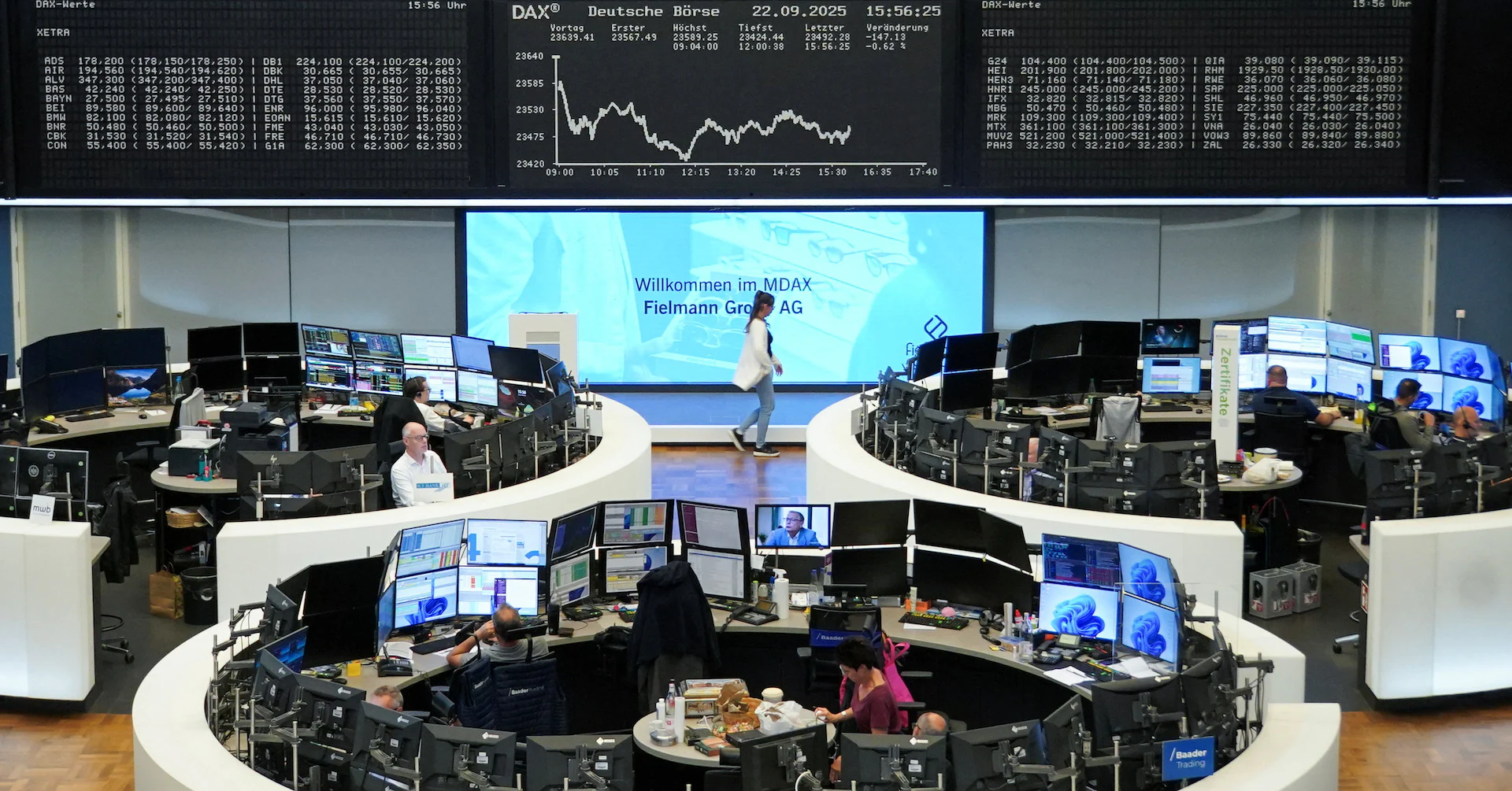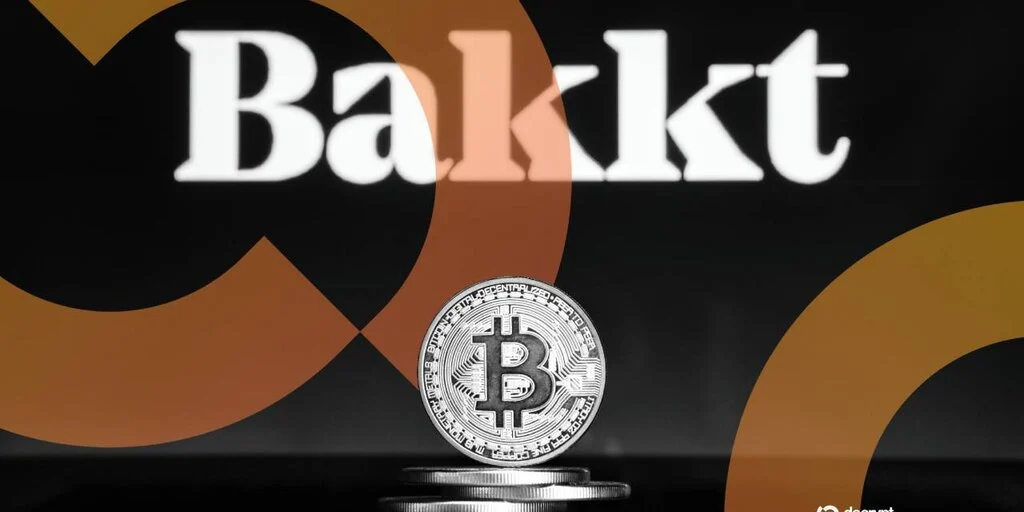By Bizwatch Nigeria Limited,Boluwatife Oshadiya
Copyright bizwatchnigeria

When big funds move, the market rarely whispers — it roars. Institutional investors (pension funds, mutuals, insurers, global asset managers) don’t treat equity trading like a sport; they treat it like a multi-year strategy. They look at where a company is going, not the last few weeks of price noise. You know what? That makes all the difference.
Here’s the thing: in H1 2025 the NGX didn’t just tick up — activity exploded. Equity turnover jumped from about ₦2.6 trillion in H1 2024 to ₦4.19 trillion in H1 2025 — a striking sign that the big players were more active. That surge pushed the All-Share Index higher too: the NGX ASI rose roughly 16.57% in H1 2025 (opening the period near 102,926 points and closing H1 around 119,979 points).
So what does that mean for you? If institutions are piling in, there are two likely explanations: either they’ve done the homework and see durable earnings growth ahead, or they’re repositioning to ride macro tailwinds (policy shifts, FX announcements, sector reform). Often it’s both.
A few data points worth bookmarking before we keep going:• NGX reported ₦4.19tn in equity turnover for H1 2025, up strongly year-on-year.• The capital market collectively raised more than ₦4.63tn in H1 2025 (IPOs, corporate and sovereign issuances), signalling stronger market intermediation.• NGX Group itself reported robust H1 results, with profit after tax rising to about ₦4.22bn — near a 97% increase year-over-year — reinforcing the exchange’s earnings leverage as volumes rise.
Alright — now the practical side. Institutional buying leaves footprints. These are the signals retail investors should learn to read:
Volume growth before price surges — When turnover expands (as it did in H1 2025), it often means accumulation, not just momentum-chasing. Watch for consistent daily volumes, not single-day spikes. (See the turnover chart above.)
More than price: look at fundraising and listing activity. Rising capital raises — ₦4.63tn in H1 2025 — point to active corporate funding and confidence in doing business via the exchange. That supports sustainable growth in market cap and, by extension, exchange revenues.
Earnings leverage matters. Exchanges, brokers, and market infrastructure firms benefit disproportionately when activity rises. NGX Group’s H1 2025 profit rebound is a textbook example: more trades → more fees → higher operating leverage.
Macro tailwinds are real. Policy moves, FX clarity, and reforms can flip investor sentiment fast. Institutions front-run or react in size; retail investors must monitor the policy calendar as much as quarterly reports.
Institutional favourites often share traits: predictable cash flow, management continuity, margin control, and sector resilience. That’s why names like GTCO, Zenith, Stanbic IBTC, NGX Group, BUA Foods, and others get repeated attention — they combine market position with earnings durability.
I built a quick hands-on table (above) listing 10 companies institutions tend to favour on the NGX, with short notes about why they matter. Use that as your starting checklist: sector exposure, dividend record, margin trends, and evidence of management competence.
A quick, slightly nerdy tip: match the chart rhythm with the filings. When turnover rises and a company’s quarterly margins expand simultaneously, the chance that institutions are buying increases. Not guaranteed — nothing ever is — but it’s a higher-probability signal.
Final thought: your edge as a retail investor is agility and focus. Institutions have size and access; you have speed and selectivity. Study the same metrics they do (volume, fundraising, margins, governance), watch public reports and NGX data releases, and use accumulation phases as opportunities — not emotional traps.
Want me to convert the table and charts into downloadable assets (PNG/PowerPoint) and add shareholding percentages for each of those 10 companies (latest filings) so the piece can publish with full citations and visuals? I can pack that up next.



